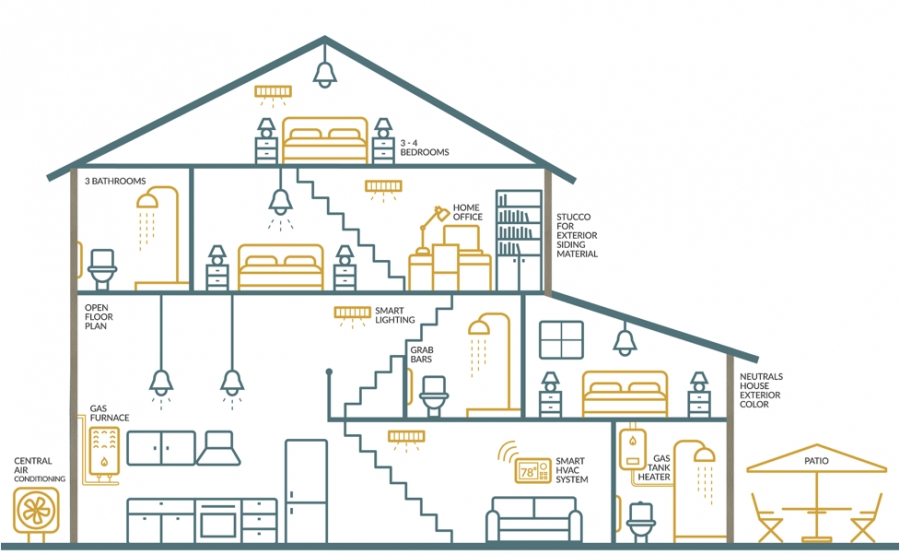The United States Census Bureau takes a count of the population once every 10 years. The last national census was taken in 2010 and the next will take place this year, starting this spring. USDA loans are used to finance properties in rural areas. The rural designation is made after review of the census data. For those looking at a rural property, provide your loan officer with the property address of the prospective property. The property must be located within an approved area in order to be eligible for this zero down loan.
In addition to location restrictions, there are also restrictions on household income. For homes with 1-4 family members, the maximum household income must be at or below $86,850 per year and up to $212,550 in “high cost” regions. For households with 5-8 members, the limits are $114,650 and $280,550 respectively. As for loan programs, the choices are a 30 or 15 year fixed. There is no adjustable rate option.
USDA loans do carry a guarantee, but the guarantee is to the lender, not the borrower. Should the loan go into default, the lender is compensated for the loss as long as the loan was approved using proper USDA protocol. This guarantee is funded by two separate forms of mortgage insurance. The first insurance premium is 1.00 percent of the sales price and is rolled into the final loan amount while the second premium is an annual one calculated at 0.35 percent of the outstanding loan balance. The annual policy is paid back in monthly installments along with the regular mortgage payment.
There is a minimum credit score for USDA loans set at 640. Lenders will request credit scores from each of the three main credit repositories, Experian, Equifax and Transunion. Of the three reported scores, the lender uses the middle score. If there are multiple applicants, the lender will use the lowest middle score of all those on the application. For those who do not have a credit score or have minimal credit, USDA loans allow for alternative credit to be used as a replacement. Alternative credit means utility bills or mobile phone payments. Most lenders ask there be at least one credit trade line listed on the credit report before allowing for alternative credit. Further, timely rental payments carry the most weight.
Finally, a property may be in an eligible area that is located in a suburban area and looks nothing like a rural region. This is because as towns and cities expand outward, eventually a suburban area can occupy a region that was declared as rural several years ago. Remember, the census is taken every 10 years which gives populated areas time to expand.
There are limits to USDA loans as to location and income but for those who want to finance a home in an area that appears to be rural, semi-rural or near a rural area, the USDA home loan program is going to be very hard to beat.






